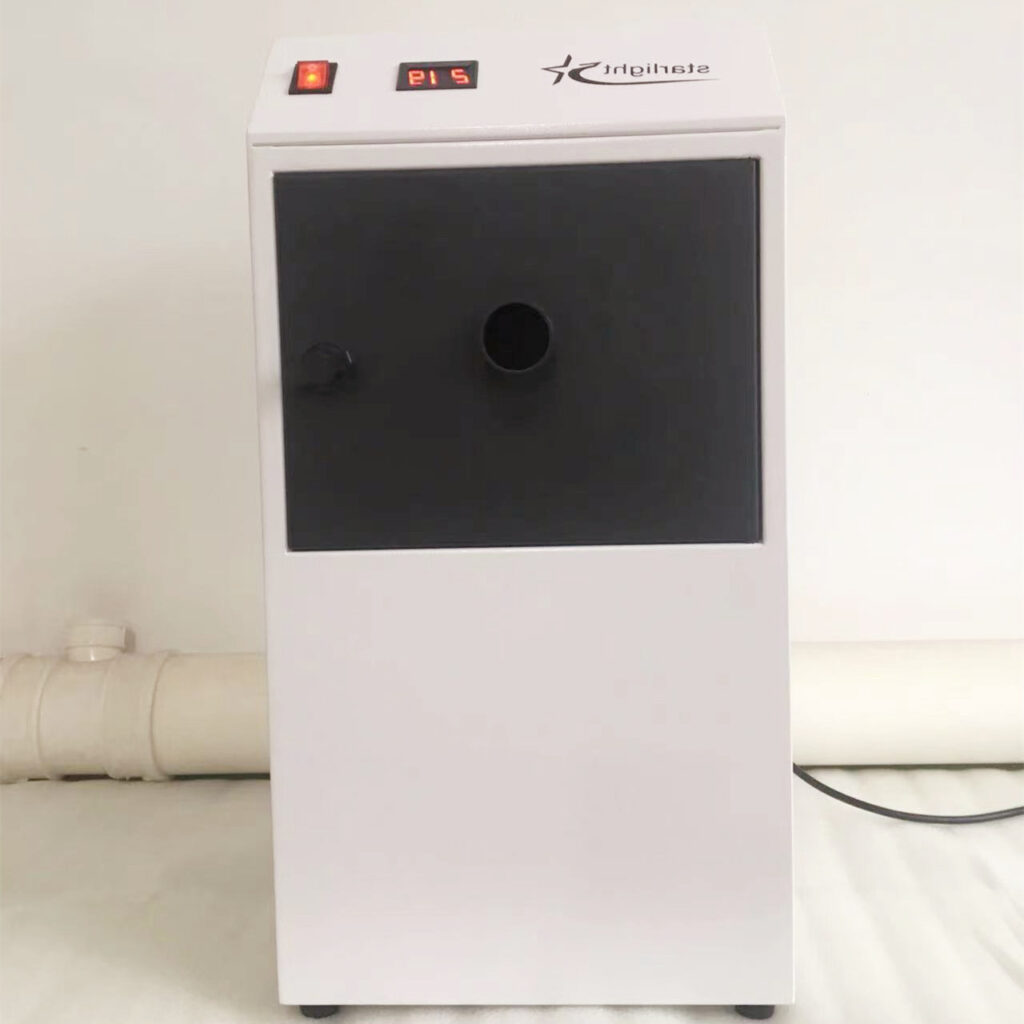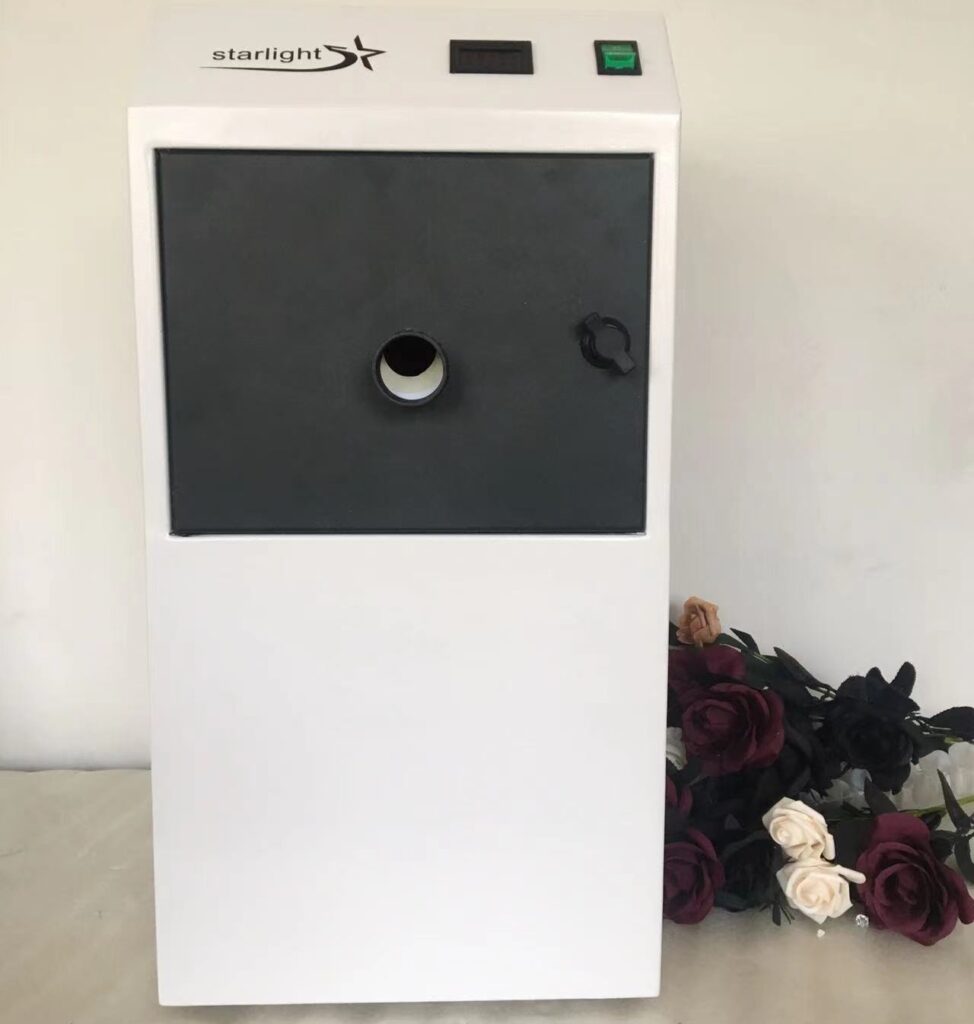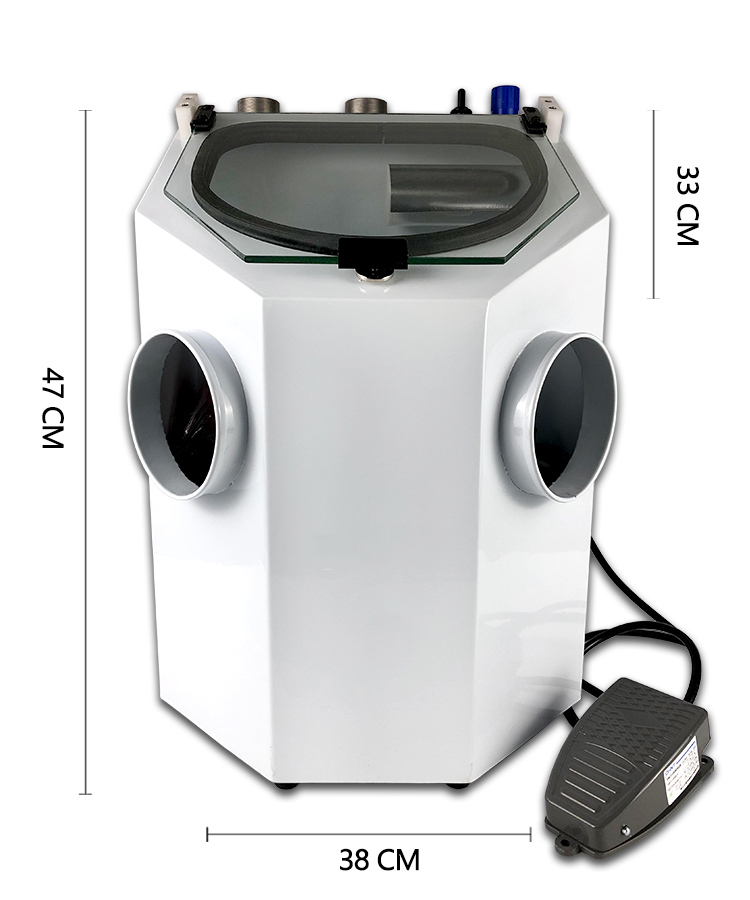Dental dust collectors for dentistry purposes
Ask people working in dental laboratories, and they will have a common topic. What is it? The importance of a proper suction system. Without this, a laboratory becomes a mess. The reason is dust, compound, acrylic, and other particles going all over. It is a matter of time before the laboratory becomes a grimy mess. Some small laboratories have resorted to suction ports to capture all such particles. However, they aren’t enough. The answer is a dental dust collector.
The optimal dental lab dust collector is a system and not an arbitrary assortment of units.

Some considerations can help optimize a dental laboratory dust collection system.
The foremost consideration is picking the correct dental lab dust extractor units.
The number of stations a laboratory needs
Dust collectors are available that can serve one station. Likewise, some collectors serve more. To decide which unit to buy, the laboratory owner must know
- The number of stations that a unit can accommodate
- The number of stations attached to one unit that can function simultaneously
The location of the stations
Dental laboratories can have different setups. There may be stations immediately adjacent to the walls, and some may be at the center of a laboratory. Technicians can work on countertops, benches, and the like.
A laboratory owner must ascertain the design and then pick a dental dust collector or more.
What is the sort of dust that a laboratory will produce?
The laboratory owner must consider the sort of dust that every station will produce.
It is related to materials that the laboratory is working on.
The owner must know the sort of dust the laboratory will produce and the volume. This information will help the owner decide the sort of laboratory dust collector to get.
For example, CAD/CAM dentistry is a vital part of dentistry. This technology designs and fabricates dental restorations.
Some applications of this technology are
- Crowns
- Implant abutments
- Inlays
- Veneers,
- Onlays
- Full-mouth reconstruction
- Fixed partial dentures
The materials used include
- Metals like titanium and Cobalt-chrome
- Zirconia, resin nano ceramics, glass ceramics, ceramics resin composites, ceramic composites, and ceramics.
An essential component of CAD/CAM dentistry is a dental dust collector.
Dust collectors for CAD/CAM dentistry are available with great features

Now, there are entirely automatic, self-cleaning collectors. They enable the premium handling of glass beads, quartz, aluminum oxide, die stone, gypsum, etc. They have some great features like
- Effective motors for debris elimination and an easy-to-access debris tray
- Capacity to support as many as four stations
- Enough power for simultaneous use by multiple stations
- A high-efficiency particulate air filter
- Compatible with an EMC control for automatic start and stop
Sandblasting of abrasive media needs a special dust collector

Another example is sandblasting. What is the application of sandblasting in dentistry? It’s eliminating adhesive leftovers from brackets that have been de-bonded before bonding them again.
Sandblasting needs a dental dust collector with a good motor. It will offer suction to a sandblaster using abrasive media. Now there are dust collectors with a pre-filter capable of capturing 99% of the entire abrasive media.

